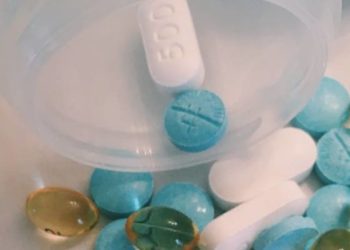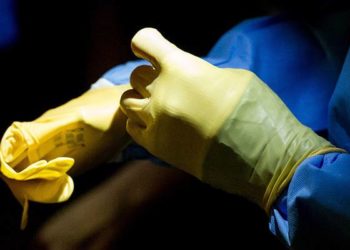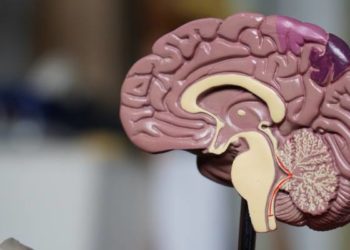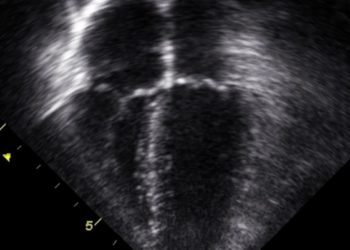CEP72 rs924607 associated with vincristine neuropathy in children with ALL
1. A CEP72 rs924607 TT homozygous genotype was found to be associated with an increased incidence and severity of vincristine neuropathy in this GWAS study of children with ALL.
2. CEP72 rs924607 was the only SNP to reach GWAS significance in this study.
Evidence Rating Level: 1 (Excellent)
Study Rundown: Vincristine is among the most widely used chemotherapeutic agents in several childhood cancers, such as acute lymphoblastic leukemia (ALL), neuroblastoma, and Wilm’s tumor. Peripheral neuropathy is the dose-limiting toxic effect of vincristine and results in significant morbidity and can prevent the effective delivery of curative treatment. At this time, risk factors for developing peripheral neuropathy on vincristine are not well characterized. This study examined children with ALL in two cohorts, one with newly diagnosed ALL and one with relapsed ALL, and performed a genome wide association study (GWAS) to identify genetic risk factors for the development of peripheral neuropathy on vincristine.
This study included 321 pediatric patients on vincristine for ALL who had weekly physical examinations for peripheral neuropathy as part of their treatment protocols. GWAS was done on DNA extracted from peripheral blood leukocytes. Individuals with a CEP72 rs924607 TT homozygous genotype were more likely to have peripheral neuropathy in both cohorts. The CEP72 gene encodes a protein that is essential for microtubule formation, the subject of vincristine’s activity, while the presence of the TT genotype at CEP72 rs924607 increases sensitivity to vincristine. The major strength of this study is the inclusion of a diverse population of children with ALL. The weaknesses of this study are the small sample size and examination of children with one malignancy (ALL). While this study identifies a single nucleotide polymorphism (SNP) that is associated with vincristine neuropathy in children with ALL, a larger study of vincristine neuropathy including children and adults with multiple malignancies should be done to further examine this correlation.
Click to read the study, published today in JAMA
Click to read an accompanying editorial in JAMA
Relevant Reading: Treatment of acute lymphoblastic leukemia.
In-Depth [prospective cohort]: This study is a genome wide association study (GWAS) of 321 children being treated with vincristine for ALL to identify genetic risk factors for vincristine neuropathy. The study group included two cohorts, one with newly diagnosed ALL and another with relapsed ALL. Neuropathy was assessed in both cohorts at predetermined intervals and classified on a scale from mild (stage 1) to life-threatening (stage 4) and neuropathy-related death (stage 5). Individuals with a TT homozygous genotype at the SNP CEP72 rs924607 were found to have a greater incidence of neuropathy than those with a CC or CT genotype at that SNP (60.8%, 95%CI 43.9%-77.6% vs. 23.4%, 95%CI 17.4%-29.4%; p<0.001). These individuals also had a higher incidence of grade 2-4 neuropathy (2.4 fold, 95% CI 1.6-3.7). No neuropathy-related deaths occurred. A multivariate model adjusting for cumulative dose and genetic ancestry showed no material difference in results. Finally, the CEP72 rs924607 was the only SNP reaching GWAS significance (p<5×10-8).
Image: PD
©2015 2 Minute Medicine, Inc. All rights reserved. No works may be reproduced without expressed written consent from 2 Minute Medicine, Inc. Inquire about licensing here. No article should be construed as medical advice and is not intended as such by the authors or by 2 Minute Medicine, Inc.







